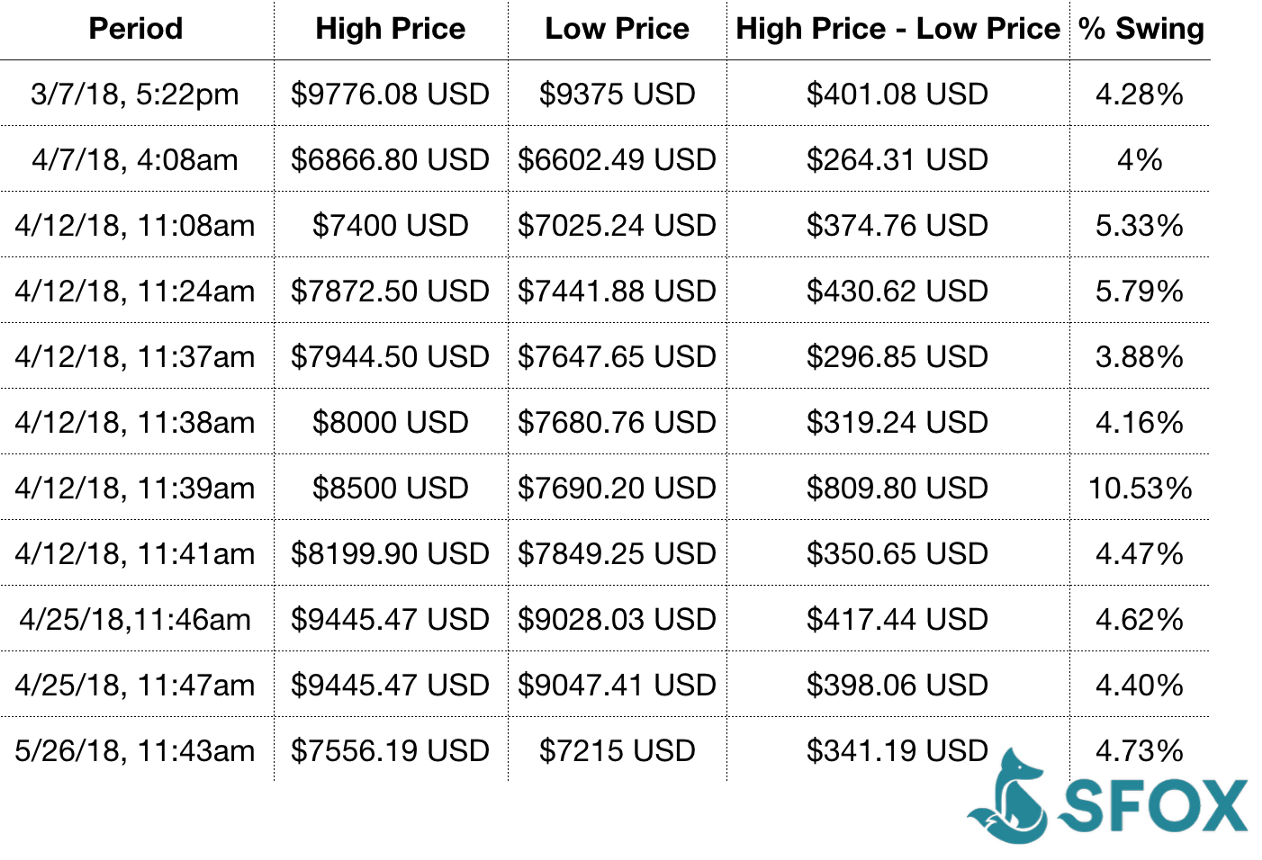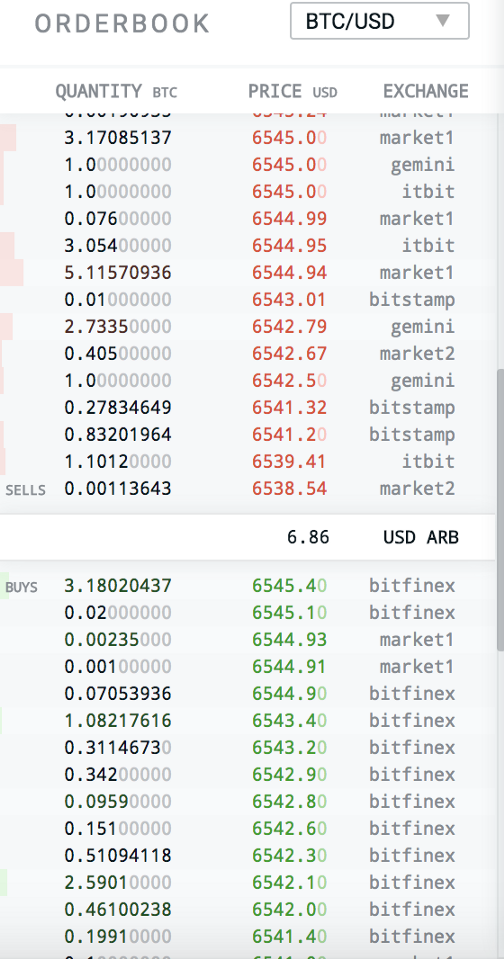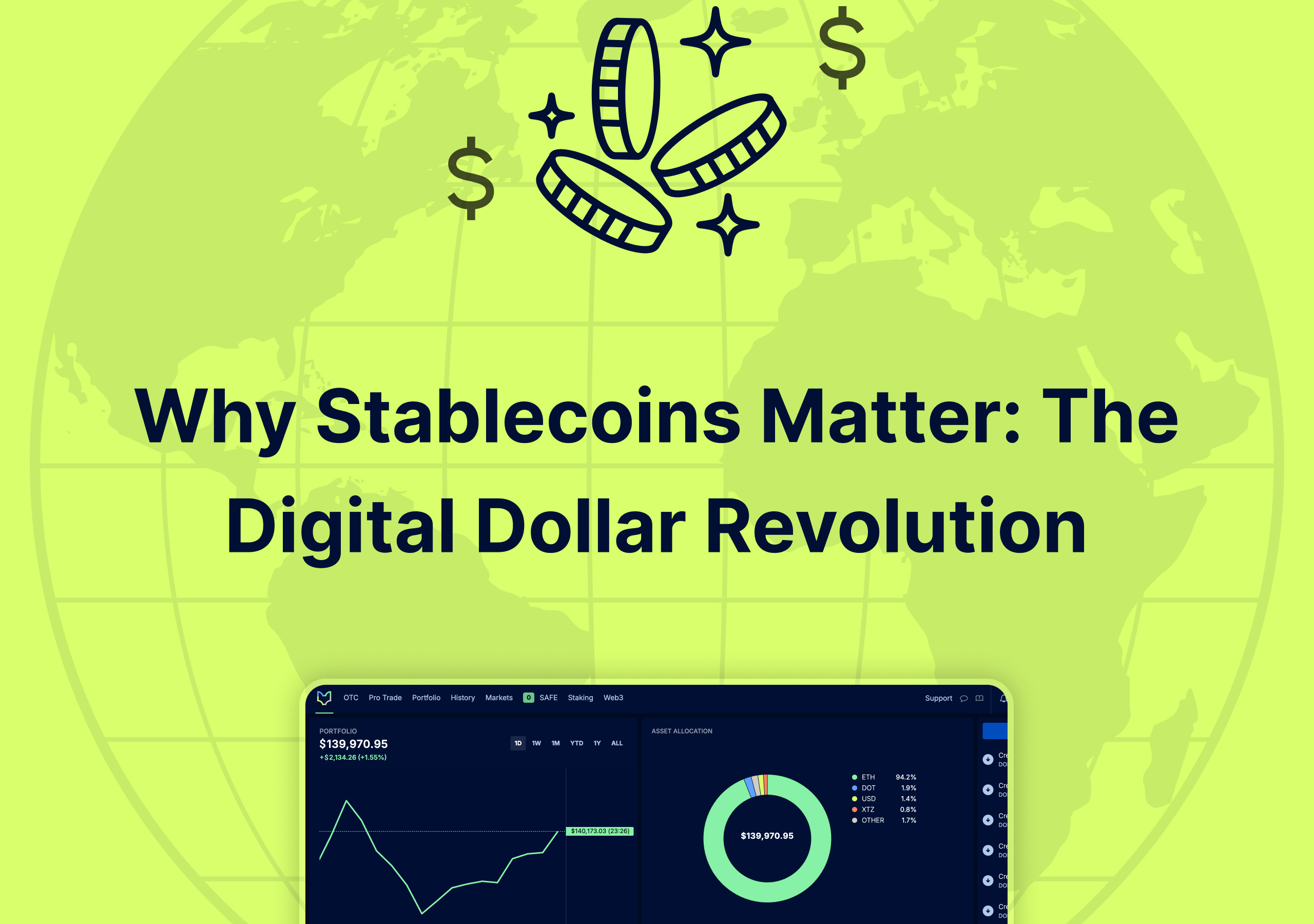On January 9 of this year, the price of Bitcoin in South Korea was 43% higher than it was in the U.S.
If you’d had a way of buying $100k USD of BTC on SFOX and selling it on Bithumb without any fees, foreign currency exchange rates, or time delays, you could have pocketed $43k. That’s the financial tactic of arbitrage: the practice of buying an asset and immediately selling it at a higher price for a very low-risk profit.
But of course, it’s not that easy to buy BTC on one exchange and then transfer and sell it on a different exchange “without any fees or time delays.” When you factor in all of the time and fees involved, how much can you really profit off of arbitrage opportunities? And how frequent are these opportunities in the first place?
Here’s the short answer: Bitcoin arbitrage is possible, but it’s not a long-term sustainable strategy.
What is arbitrage?
When it comes to arbitrage, Bitcoin is just the latest stage for a financial strategy that’s played out for literally thousands of years.
If the same thing has a different price in two different places, you can profit by buying it at the cheaper place and selling it at the more expensive place. That’s what arbitrage is. Even way back in 650 BCE, when silver was relatively underpriced in Persia, people would profit through arbitrage by buying silver coins in Persia and selling them in Greece.

This is the exact same kind of practice people have in mind when they talk about “arbitrage opportunities” in Bitcoin.
For instance: November 28 of last year was momentous because BTC passed the $10k price marker — but not on all exchanges. While CEX was listing BTC at $10,026, Kraken was listing it at $9,748. If you had a way of (1) getting fiat from your bank account onto Kraken, (2) buying BTC with that fiat on Kraken, (3) transferring that BTC to CEX, (4) selling that BTC on CEX, and (5) getting that fiat from CEX back into your bank account — all instantly and without fees — then you could have made a return of over 2.8% right away with very little risk.
Cryptocurrency gets a lot of well-deserved attention for its insane volatility, which carries a lot of risk for huge gains or huge losses. In that sea of risk, arbitrage is one tactic that seems fairly low-risk — though we’ll see that it isn’t as low-risk as some make it out to be.
What kinds of arbitrage opportunities exist in crypto?
Before we dive into the practical matter of how to capitalize on arbitrage when it comes to Bitcoin, we need to get the lay of the land in terms of what kinds of potential crypto arbitrage exist. At the highest level, there are two kinds to consider: crypto/crypto arbitrage, and crypto/fiat arbitrage.
Let’s look at what these two types of arbitrage is, how hard each is to capitalize on, and how you might be able to exploit them.
Crypto/crypto arbitrage
This kind of arbitrage opportunity exists when the amount of one cryptocurrency for which you can buy or sell a different cryptocurrency is greater on one exchange than it is on another exchange.
For example, suppose you can buy 1 BTC for 10 ETH on Exchange #1, and you can sell 1 BTC for 10.5 ETH on Exchange #2. This is a crypto/crypto arbitrage opportunity. To try to exploit it, one could buy 1 BTC for 10 ETH on Exchange #1, transfer one’s BTC to Exchange #2, and sell one’s BTC on Exchange #2 for 10.5 ETH, pocketing 0.5 ETH as a result of arbitrage (ignoring fees for simplicity’s sake).
These opportunities are rare because it’s relatively easy to move cryptocurrencies from one exchange to another, meaning that differences in crypto/crypto rates across exchanges are corrected relatively quickly. But on exchanges that don’t offer real-time withdrawals of funds, these differences aren’t so easily corrected — meaning that you can still find such arbitrage opportunities there.
Crypto/fiat arbitrage
This kind of arbitrage opportunity exists when the amount of cryptocurrency you can buy or sell for fiat is greater on one exchange than it is on another exchange.
For example, if there’s a difference of $50 in the price of BTC in USD on two exchanges, there’s a crypto/fiat arbitrage opportunity. That might not be the giant price gap that we saw internationally on January 9, but it’s still significant.
Opportunities like this are more common than you might expect. We track them on Twitter so you can see for yourself:
The main impediment to exploiting crypto/fiat arbitrage is the amount of time and fees it can take to move your fiat on and off of exchanges. If you’re trading on exchanges within your own country, it can take 1–3 days to move fiat onto an exchange and another 1–3 days to move it off of an exchange. If you’re trading on international exchanges, it can take longer to move fiat into and out of international banks — and if you’re trading with foreign currency, you need to account for foreign exchange rates, too. All of this can eat into your arb spread pretty quickly.
For example: suppose that Bitcoin costs 0.40% more on a Korean exchange than it does on a U.S. exchange, once you account for the KRW/USD exchange rate. Let’s imagine that you try to profit off of this arbitrage opportunity:
- You wire $100,000 USD to the US exchange — for a $100 wire fee.
- You buy BTC on the US exchange — for a $100 network fee and $50 in trading fees.
- You transfer your BTC from the U.S. exchange to the Korean exchange — for another $100 network fee and a $50 withdrawal fee.
- You sell your BTC for KRW on the Korean exchange — for a $100-equivalent network fee and $50 in trading fees.
- You exchange KRW for USD and wire it back to your bank account — for a $50 withdrawal fee, a $100 wire fee, and a $100 fee from the foreign exchange rate.
Just through fees alone, you lost 0.80% of your investment — twice the initial difference between the BTC price on the two exchanges! And that could have been a dramatically greater loss if BTC’s price had decreased after you bought it on the U.S. exchange, which is certainly possible, given the fact that the cryptocurrency’s price frequently moves multiple percentage points in a single minute.

In that hypothetical scenario, your arbitrage “opportunity” would have you spending a lot of time and energy just to break even! And that’s not atypical: The fees and time associated with arbitrage can easily cost you at least 40 basis points. So if you are going after a fiat/crypto arbitrage opportunity, it had better be large enough to offset those costs.
Strategies to exploit Bitcoin arbitrage
You’ve probably noticed by now that there are a lot of fees and time delays standing between you and Bitcoin arbitrage opportunities. There’s a lesson there: It’s wrong to call arbitrage “riskless profit.” Given the volatility of the market and the time required for transfers, the arbitrage opportunity could vanish or even reverse direction by the time your money is in a position to exploit it.
With that said, there are a couple of strategies that could help you jump on arbitrage opportunities when they do arise: It’s a matter of (1) being prepared and (2) knowing where to look.
Be prepared
One way to minimize the impact of time delays on arbitrage trading is to simply put oneself in a position to act as quickly as possible on any opportunities that arise. If you kept a combination of BTC and fiat on multiple exchanges, you could theoretically capture arbitrage opportunities between those exchanges without waiting for transfers between your bank account and those exchanges.
For example, suppose you make it part of your strategy to keep 1 BTC and $10k USD on Bitfinex, and another 1 BTC and $10k USD on Bitstamp. When you noticed a Bitcoin arbitrage opportunity between Bitfinex and Bitstamp, you could then immediately exploit it by buying BTC on the exchange with the lower BTC price (using the fiat you already have on that exchange) and selling that same amount of BTC on the exchange with the higher BTC price.
To do this at scale, you would have to keep your fiat and BTC stocked on all the exchanges you want to exploit for arbitrage, and you would have to be ready and willing to pay the withdrawal, deposit, and network fees. It could, however, allow you to jump on arbitrage opportunities quickly without needing to wait for your money transfers to clear and hoping the opportunity doesn’t vanish in the meanwhile.
Know where to look
If you’re just looking at the top of exchanges’ order books, you’ll definitely find some arbitrage opportunities. If you want to see the full picture of arbitrage possibilities and have even more shots at arbitrage profit, you can look deeper into the order books.
For example, suppose that you’re looking to buy BTC and see that the price at the top of the order book is $6,600 USD — however, there are only very small (~0.2 BTC) quantities up until the price of $6,550 USD. In this case, there could be an arbitrage opportunity between exchanges if you are willing to wait, buy as soon as the price hits $6,550 on an exchange, and then immediately sell that amount of BTC on another exchange’s order book.
If you’re using SFOX to connect to multiple exchanges at once, you could take advantage of the above opportunity by using the Tortoise algorithm or Hare algorithm to set your limit buy order at $6,550 USD and get the best price possible across multiple exchanges. Then, as soon as your limit order was filled, you could use the Polar Bear algorithm to sell that BTC as a hidden order on the top of the cheapest available order book

This kind of deep-order-book trading could net you an arbitrage profit — but you wouldn’t have seen the opportunity if you were looking only at the top of order books.
Understand the costs
Bitcoin arbitrage can often seem easier than it is because it’s easy to overlook the fees and time it takes to actually capitalize on arbitrage opportunities. Once you have those costs in mind, it’s a lot harder to profit off of pure arbitrage — though, as we’ve seen, it’s not impossible.
All things considered, while Bitcoin arbitrage is a useful tool for a trader to understand, there might be easier ways to profit from crypto — like day trading or simply HODLing.
About SFOX: Since 2014, SFOX has been providing institutions, pro traders, and anyone serious about trading crypto with the most advanced investment platform available anywhere. Capture the best prices on BTC, ETH, LTC, BCH, BSV, ETC, and RVN anywhere in the crypto market from a single trading account with smart-routing order types you won’t find anywhere else. Sign up now and see why SFOX has facilitated over $11 billion in trading volume to date.
The above references an opinion and is for informational purposes only. It is not intended as and does not constitute investment advice, and is not an offer to buy or sell or a solicitation of an offer to buy or sell any cryptocurrency, security, product, service or investment. Seek a duly licensed professional for investment advice. The information provided here or in any communication containing a link to this site is not intended for distribution to, or use by, any person or entity in any jurisdiction or country where such distribution or use would be contrary to law or regulation or which would subject SFOX, Inc. or its affiliates to any registration requirement within such jurisdiction or country. Neither the information, nor any opinion contained in this site constitutes a solicitation or offer by SFOX, Inc. or its affiliates to buy or sell any cryptocurrencies, securities, futures, options or other financial instruments or provide any investment advice or service



